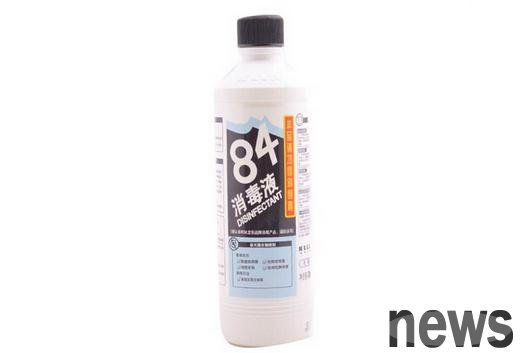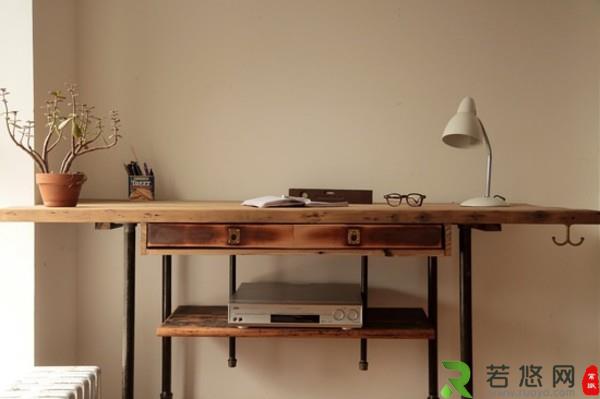Plants that absorb formaldehyde
There are many substances that are seriously harmful to the human body in life, especially for some chemical substances, which are more threats to human health. Therefore, these chemical substances should be improved well to reduce the damage to the human body. Formaldehyde is common. After decoration, there are more formaldehyde indoors. When moving in at this time, it will be more harmful to human health. So which plants absorb formaldehyde?
Plants absorb formaldehyde is the best choice. This method can eliminate such finished chemicals indoors. So what kind of plants absorb formaldehyde? Many people don’t know much about this. Let’s introduce it in detail below.
What plants absorb formaldehyde:
Spiderm
Characteristics: Easy to breed, strong adaptability, and is one of the most traditional residential hanging plants. Its leaves are slender and soft, and small plants are drawn from the axilla of the leaf, drooping down from the pot edge, stretching and scattering, like flowers, and evergreen all year round.
Efficacy: It can absorb more than 80% of harmful gases in the room and has a strong ability to absorb formaldehyde. Generally, 1 to 2 pots of spider plants are kept in the room, and toxic gases in the air can be absorbed. Therefore, spider plants are also known as "green purifier".
Tiger-tailed orchid
Characteristics: The leaves are clustered, the sword leaves are upright, the leaves are all in the leaves, the surface is milky white, light yellow, and dark green, with horizontal stripes. Common household potted varieties are drought-resistant, like sunlight and warm, and are also shade-resistant, and avoid flooding.
Efficacy: It can absorb more than 80% of harmful gases in the room and has a strong ability to absorb formaldehyde.
Viori
Characteristics: It is the most ideal indoor and outdoor vertical green variety, evergreen vines, with thin and weak branches and soft, with aerial roots, and can climb on other objects. The leaves grow alternately, the leaves are triangularly ovate, and the amount of potted plants is increasing day by day. Its typical negative plant can grow in full-light environments, grow well in warm and humid climates, and is not cold-resistant.
Efficacy: Bandits remove formaldehyde. It can decompose two harmful substances, namely, formaldehyde present in carpets, insulating materials, plywood, and xylene hidden in wallpaper that is harmful to the kidneys.
Through the above introduction, we have a good understanding of which plants absorb formaldehyde, so when choosing these plants, we can make sure to do it. However, it should be noted that when choosing these plants, we also need to do it appropriately. We cannot be full of them, otherwise it will not help our own health.








